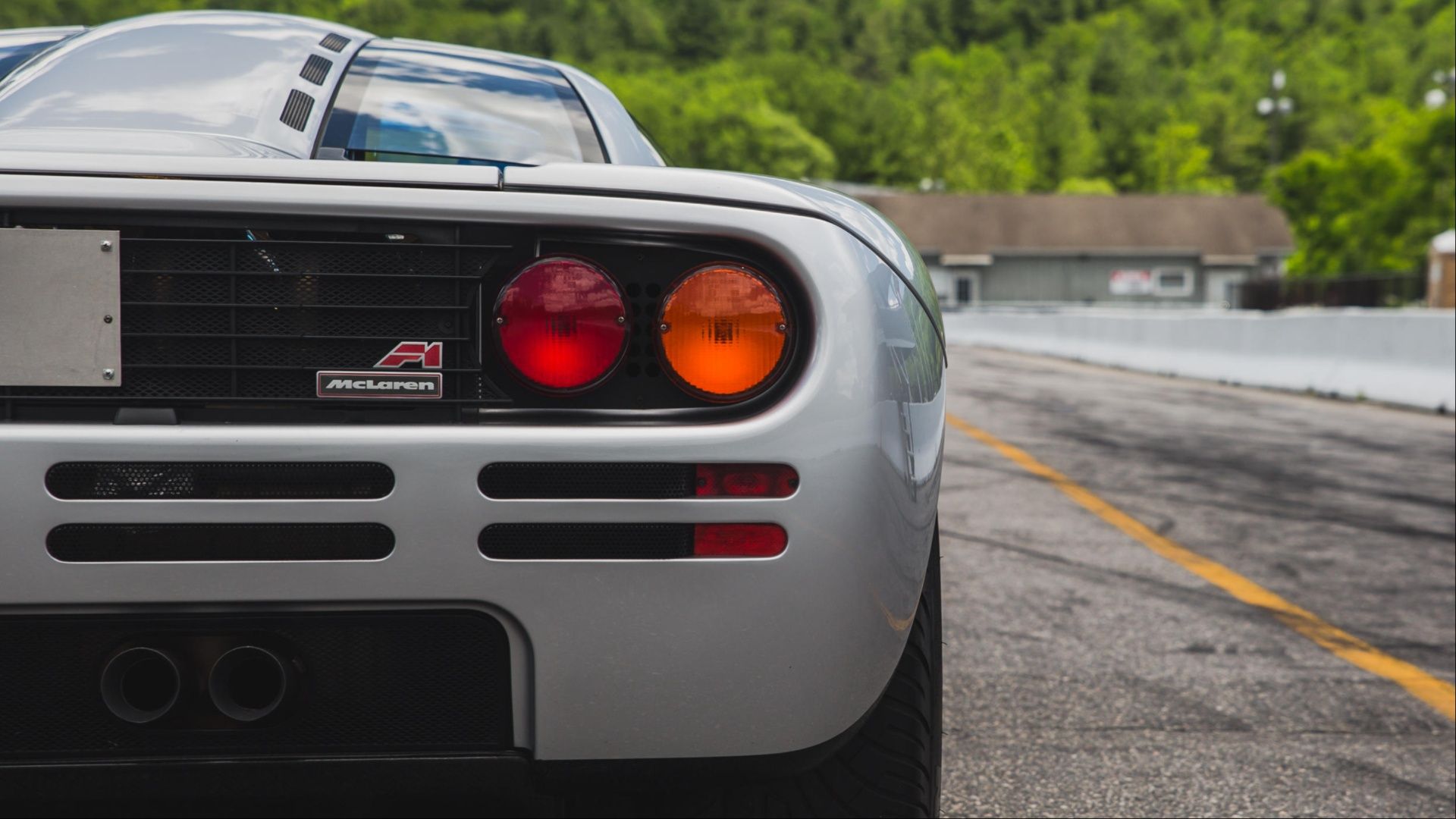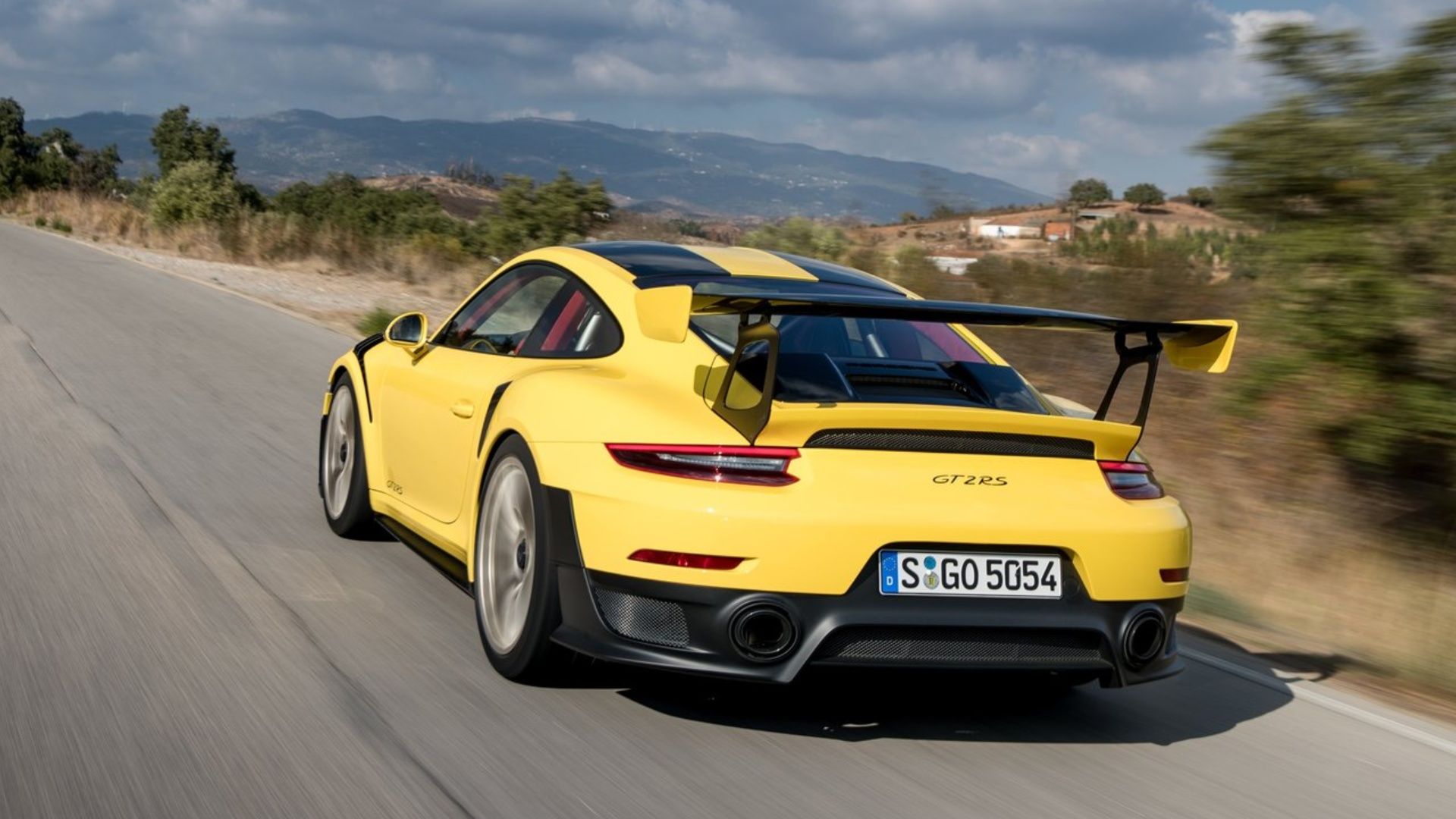Have you ever wondered about the sheer velocity of a Formula 1 machine? It's a common thought, isn't it? People often talk about how incredibly fast these cars move, and it's easy to see why. The sight of an F1 car speeding around a track is, in some respects, a truly amazing display of engineering and human skill, making you wonder just how much power is packed into one of those vehicles.
When we talk about the fastest car F1, we are looking at more than just top speed on a straight road. It is, you know, a complete package of how quickly it goes around corners, how rapidly it picks up speed from a standstill, and its overall performance during a race. This blend of attributes truly defines what makes an F1 car stand out in the world of rapid transport, and honestly, it is quite a lot to consider.
So, we are going to explore what gives these cars their incredible pace, looking at the different elements that come together to create such a speedy vehicle. We will also, like, compare their quickness to other things known for their speed, giving you a better sense of just how remarkable F1 cars truly are. It is, you know, quite a journey into the world of rapid movement.
Table of Contents
- Understanding F1 Speed: More Than Just a Straight Line
- The Engine and Powertrain Secret
- Comparing F1 Speed to Other Fast Things
- Historical Milestones in F1 Speed
- The Human Element and Driver Skill
- People Often Ask
- The Future of F1 Speed
- Wrapping Things Up
Understanding F1 Speed: More Than Just a Straight Line
When people think about the fastest car F1, they often imagine a vehicle zooming down a long, straight stretch of road. However, the real measure of an F1 car's speed is its ability to maintain high average speeds over an entire lap, which includes turns, braking zones, and various track conditions. This, like, means that just having a high top speed is not enough; the car needs to be quick in all aspects of racing.
Top Speed Versus Lap Time
The maximum speed an F1 car can reach on a straightaway is impressive, certainly. Some cars, as a matter of fact, have gone over 370 kilometers per hour, which is about 230 miles per hour, during a race. But, you know, the true test of a car’s speed is its lap time. A car that can go very, very fast in a straight line but is slow through corners will not be the quickest overall. It is, basically, about balance.
The design of an F1 car is, in some respects, a careful dance between achieving high straight-line speed and generating enough grip to go quickly through bends. This is why, you know, teams spend countless hours refining every part of the car. It's not just about the engine's push, but how the car handles the air around it, too it's almost a science in itself.
The Aerodynamic Advantage
A huge part of what makes an F1 car so quick is its shape and how it interacts with the air. These cars are, essentially, designed to push down onto the track, creating what is called "downforce." This downforce helps the tires stick to the road, allowing the car to take corners at speeds that seem, frankly, impossible for other vehicles. It is, like your, ability to run faster if you had extra grip on your shoes.
The wings, the floor, and every curve on an F1 car are shaped to manage airflow, creating this push down. This design means that, as the car goes faster, it gets even more grip. It's a bit like, you know, how a peregrine falcon uses its body shape to cut through the air during its incredible dives, allowing it to reach speeds over 300 km/h. The F1 car, in a way, uses similar principles for different purposes.
The Engine and Powertrain Secret
Beneath the sleek bodywork of an F1 car lies a complex system that generates immense power. The engine, or what is now called the power unit, is a marvel of modern engineering. It is, you know, built to produce a huge amount of push from a relatively small size, and it needs to be very, very reliable over a long race distance.
Power Units and Energy Recovery
Today's F1 power units are, in fact, hybrid systems. They combine a traditional internal combustion engine with several electric motors that recover energy. This recovered energy, for instance, comes from braking and from the exhaust gases, and it can be used to provide an extra burst of speed. This means the car can get a boost when the driver needs it most, like when going past another car or getting a quick start.
This system of energy recovery is, basically, a clever way to make the car more efficient and, in turn, faster. It is, you know, similar to how some electric vehicles store energy. The regulations around these power units are very strict, which means engineers are always looking for small improvements that can make a big difference in how quickly the car performs.
Acceleration Capabilities
An F1 car's ability to pick up speed from a standstill is truly astonishing. They can go from zero to 100 kilometers per hour, which is about 60 miles per hour, in just over two and a half seconds. To give you some idea, that is quicker than almost any road car you can buy. This rapid pick-up, you know, is vital for getting a good start in a race and for quickly getting back up to speed after a slow corner.
This quick acceleration is, in a way, a combination of the powerful engine, the advanced gearbox, and the special tires that provide incredible grip. It is, you know, a bit like how quickly fast.com's simple internet speed test can estimate your ISP speed, almost instantly giving you a result. The F1 car's acceleration is similarly immediate and powerful.
Comparing F1 Speed to Other Fast Things
To truly grasp the quickness of an F1 car, it helps to put its speed into perspective by comparing it to other things known for their pace. We often talk about the fastest things in the world, and F1 cars definitely belong in that conversation. It's, you know, quite interesting to see how they stack up.
F1 Cars and the Animal Kingdom
When it comes to speed in the animal world, the cheetah is often mentioned as the fastest land animal. It can run at incredible speeds for short bursts. However, an F1 car's sustained speed on a track is, in fact, far beyond what any land animal can achieve. And then, of course, there is the peregrine falcon, which is, you know, the fastest bird and the quickest member of the animal kingdom, with a diving speed of over 300 km/h (190 mph). An F1 car's top speed can actually surpass even that, making it a truly unique machine.
Speed of Light and Internet Connections
Of course, nothing we know of moves faster than the speed of light in a vacuum. Its velocity is, you know, 670,616,629 mph (1,079,252,848 km/h). This is, quite literally, the fastest speed possible in the universe, making an F1 car seem, well, rather slow by comparison. But then, you know, everything seems slow next to that.
Interestingly, we also talk about speed in terms of internet connections. Researchers in Japan, for example, have set new world records for the fastest internet speed. And here in America, Google Fiber is, you know, often considered among the quickest internet providers, followed by others like Verizon Fios. While not a physical speed, the rapid transfer of data is, in a way, another form of quickness that captures our attention, similar to how we measure how fast your download speed is in seconds.
F1 Cars and Production Vehicles
When you compare an F1 car to even the quickest production cars you can buy, the F1 car is in a league of its own. Production cars, even the very, very fast ones, are built with different purposes in mind, such as comfort, safety for everyday use, and, you know, being able to be driven on public roads. An F1 car, by contrast, is a pure racing machine, built for one purpose: to go as quickly as possible on a track. This difference in design means that, in a race setting, the F1 car will always be much, much faster.
Historical Milestones in F1 Speed
The quest for the fastest car F1 is, you know, a story that has been going on for many, many years. From the early days of Grand Prix racing to the modern era, engineers and designers have consistently pushed the boundaries of what is possible. Each decade has brought new ideas, new materials, and new ways to make the cars go quicker.
Early F1 cars were, of course, much simpler machines, and their speeds were considerably lower than today's cars. Over time, advancements in engine design, tire technology, and especially aerodynamics have led to the incredible speeds we see now. It's, you know, a continuous process of trying to shave off fractions of a second from lap times, which, in fact, adds up to a huge difference over a race.
For instance, the introduction of ground effect aerodynamics in the late 1970s, and then its reintroduction in recent years, completely changed how quickly cars could go through corners. This constant push for innovation means that the definition of the fastest car F1 is, you know, always changing, always getting quicker. You can learn more about the history of F1 car development to see how much things have changed.
The Human Element and Driver Skill
While the car itself is, obviously, a marvel of engineering, the person behind the wheel plays a huge part in making it the fastest. An F1 driver's skill, their reaction times, and their ability to push the car to its absolute limits are, in fact, just as important as the car's capabilities. They need to be incredibly fit, mentally sharp, and have a deep understanding of how their vehicle behaves at extreme speeds.
A driver can, you know, make a significant difference to a car's lap time. Their ability to find the quickest line around a track, manage tire wear, and make split-second decisions at speeds over 200 mph is, quite honestly, remarkable. So, while we talk about the fastest car F1, it is, in some respects, also about the fastest driver F1, working together with the machine.
People Often Ask
What is the fastest top speed ever recorded by an F1 car?
The official top speed recorded during a Grand Prix weekend is around 372.5 km/h (231.4 mph). This was achieved, you know, by Valtteri Bottas at the 2016 Mexican Grand Prix. While cars might go slightly quicker in private tests, this is the figure from an actual race event. It's, basically, a really, really high speed.
Are F1 cars faster than hypercars?
Yes, in a race track setting, an F1 car is significantly faster than any hypercar. While hypercars can have very, very high top speeds and quick acceleration, they are not designed for the extreme cornering speeds and consistent performance that an F1 car achieves due to its specialized aerodynamics and lighter weight. It's, you know, a completely different kind of vehicle.
How quickly can an F1 car accelerate from 0 to 100 mph?
An F1 car can go from 0 to 100 mph (about 160 km/h) in roughly 2.6 to 2.8 seconds. This is, you know, an astonishing rate of acceleration, thanks to their powerful engines and incredible grip from the tires. It's, like, truly breathtaking to witness.
The Future of F1 Speed
The world of Formula 1 is, you know, always looking ahead. There are always discussions about new rules, new technologies, and how to make the cars even quicker, or sometimes, how to make the racing more competitive by slightly slowing them down. The engineers are constantly innovating, trying to find new ways to extract every last bit of quickness from the car, all while adhering to strict rules.
Future F1 cars might feature even more advanced hybrid systems, or perhaps new types of fuels, as the sport moves towards more sustainable practices. The goal remains, in a way, to create the fastest car F1, but with an eye towards the environmental impact and the excitement of the racing itself. It's, you know, a balance that the sport always tries to strike.
So, as we look to the next season, or, you know, the next big rule change, we can expect to see continued development. The quest for speed, that, is that, truly, a never-ending story in Formula 1, and it is what keeps fans coming back for more. You can learn more about upcoming F1 regulations on our site.
Wrapping Things Up
The concept of the fastest car F1 is, you know, a fascinating one, bringing together advanced engineering, incredible driver skill, and a constant drive for innovation. It's not just about how fast a car can go in a straight line, but its overall ability to perform with astonishing quickness on a race track. We've seen how these cars compare to other speedy things, from the peregrine falcon to the speed of light itself, and how their design is a masterpiece of aerodynamics and power.
The continuous push for speed, combined with the human element of the drivers, makes Formula 1 a truly exciting sport. It is, you know, a place where the boundaries of what's possible are always being tested. So, the next time you watch an F1 car zoom by, you will, hopefully, have a deeper appreciation for just what makes it so incredibly quick. And, you know, there is always something new to discover about these amazing machines.



